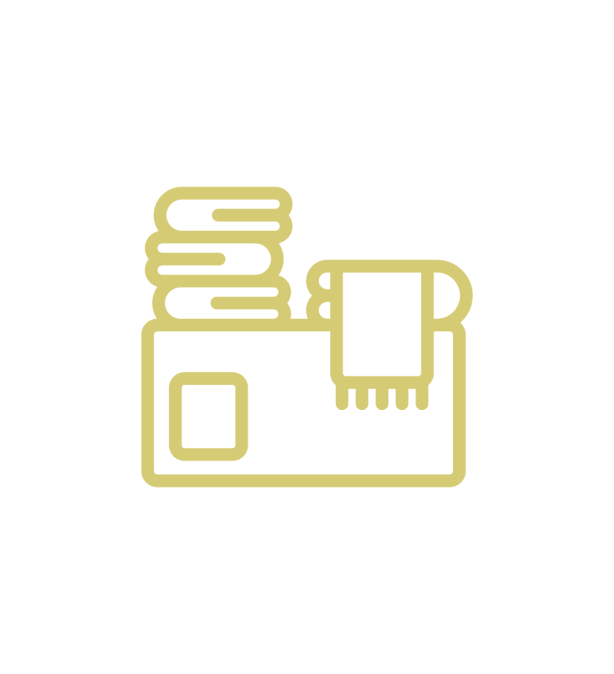Developing science tests for K-12 students presents unique problems and opportunities, as examination must not only evaluate information but also foster scientific imagining and curiosity. Traditional testing methods often focus on truthful recall and basic knowledge, but recent educational breakthroughs have driven a shift toward assessments that indulge critical thinking, problem-solving, as well as application of scientific concepts with real-world contexts. These impressive approaches emphasize not just what students know but how they think and how well they are able to apply scientific principles, producing science tests more relevant and effective in planning students for a rapidly developing world.
One of the most significant changes in K-12 science assessments will be the integration of performance-based examining. Unlike traditional multiple-choice as well as short-answer questions, performance-based tasks require students to demonstrate their very own understanding by conducting experiments, analyzing data, or clearing up problems in simulated situations. For instance, a performance-based test for middle school the field of biology might involve students noticing live specimens under any microscope and recording their own observations, identifying structures, along with explaining functions. By using students in active research and interpretation, these assessments encourage hands-on learning plus a deeper understanding of scientific processes. Performance-based assessments are necessary for capturing a broader selection of student abilities, particularly in skills like observation, crucial analysis, and procedural comprehending, which are crucial for technological literacy.
In addition to performance-based exams, the rise of technology-enhanced testing has opened up completely new possibilities for interactive as well as dynamic science tests. Electronic digital platforms allow the incorporation connected with simulations, animations, and online models into assessments, which allows students to explore complex devices and conduct virtual tests. For example , a technology-enhanced scientific disciplines test might include a simulation of a chemical reaction wherever students can manipulate specifics, observe outcomes, and anticipate results based on their modifications. These virtual labs give you a safe, accessible, and reasonably priced way to assess experimental skills that might be logistically challenging within a physical classroom. Furthermore, these kind of assessments can adapt inside real-time, offering different amounts of difficulty based on student reactions, making the test experience personal and more aligned with personal learning progress.
Scenario-based tests is another approach that has obtained traction in science education, especially as it aligns nicely with problem-solving and critical-thinking goals. In scenario-based checks, students are presented with a sensible situation or challenge and also asked to apply scientific concepts to solve it. For instance, university students might be given a circumstance involving an environmental problem, such as pollution in a regional river, and asked to analyze water quality data, identify potential sources of contamination, and suggest remediation measures based upon their understanding of ecology and environmental science. Scenario-based examination not only test students’ expertise in scientific concepts but also evaluate their ability to apply this particular knowledge to solve problems within authentic contexts. These exams are particularly valuable in preparing learners for real-world challenges, when they mirror the decision-making and also analytical skills that analysts use outside the classroom.
Project-based assessments have also emerged for innovative method for testing scientific research knowledge in a more cutting edge of using and integrative way. With project-based testing, students embark on a project over an extended period of time, such as a science fair experiment or a group research project, which can be then evaluated as part of all their assessment. Project-based assessments really encourage deeper engagement with the material, as students have the opportunity to check out a topic in depth, design tests, collect and analyze files, and present their findings. This approach not only fosters scientific inquiry and creativity but develops essential skills including collaboration, communication, and time management. By assessing students’ projects, teachers can get insights into their understanding of scientific methodology, their ability to draw evidence-based conclusions, and their capacity to synthesize information across professions.
Another key trend inside science assessment is the using formative assessment techniques to supply ongoing feedback and assistance learning throughout the year, rather than relying solely on summative end-of-year exams. Formative assessments might include quizzes, journal reflections, concept maps, or fellow reviews, which allow instructors to monitor student progress along with identify areas of misunderstanding in the beginning. These assessments can be a lesser amount of formal and often provide speedy feedback, enabling students for you to reflect on their learning and also adjustments as needed. By incorporating formative assessments into the curriculum, educators can create a continuous comments loop that promotes mastery of concepts over time, finally leading to better performance on summative assessments.
Cross-disciplinary assessment is also a innovative approach that acknowledges the interconnectedness of medical knowledge and its applications around different subjects. For example , the cross-disciplinary science test may incorporate elements of mathematics simply by requiring students to calculate measurements, interpret graphs, or maybe solve equations related to research phenomena. Similarly, an review might integrate language skills by means of asking students to write a study on a scientific topic, including data interpretation and research. This approach mirrors the interdisciplinary nature of real-world problem-solving and enables students to choose the relevance of science further than the classroom. Cross-disciplinary checks encourage a more comprehensive knowledge of science, helping students to increase in value how scientific knowledge may be applied in diverse situations.
In recent years, many K-12 science assessments have also incorporated components of self-assessment and peer assessment to encourage reflection as well as collaborative learning. Self-assessment tools, such as checklists or rubrics, allow students to evaluate their very own understanding and identify areas for improvement. Peer assessment, where students review every single other’s work, promotes cooperation and critical evaluation, seeing that students must consider requirements for success and provide constructive opinions. These forms of assessment help students to become more conscious of their learning processes and take responsibility for their unique progress, fostering a growth frame of mind and encouraging a collaborative school room environment.
The development of assessment rubrics aligned with national science standards, such as the Next Systems Science Standards (NGSS) in america, has also played a middle role in shaping modern science tests. Rubrics offer clear expectations for students and also guide teachers in evaluating a range of skills, from understanding core ideas to engaging in technological practices and applying cross-cutting concepts. For example , a rubric for a middle school technology assessment might evaluate http://biowong.freehostia.com/phpbb2/viewtopic.php?p=1899619#1899619 pupils on their ability to ask questions, build explanations, and design studies. By aligning assessments together with standards, educators can ensure that will tests cover essential abilities in science education and offer a consistent framework for studying student achievement across grade levels.
Reflecting broader societal needs, there is also a growing increased exposure of including socio-scientific issues inside science assessments, particularly those that address ethical, environmental, and also public health topics. Socio-scientific difficulties encourage students to think certainly about science-related social obstacles, such as climate change, hereditary engineering, or public health worries. For instance, an assessment could ask students to evaluate the professionals and cons of a offered solution to reduce greenhouse fuel emissions, based on their comprehension of environmental science. By adding socio-scientific issues into exams, educators promote responsible citizenship, equipping students with the instruments to analyze complex issues that impact their communities and the universe.
Designing science assessments in which go beyond rote memorization to evaluate deeper learning is essential for cultivating scientific literacy with K-12 students. Innovative methods, from performance-based tasks in addition to technology-enhanced tests to scenario-based and project-based assessments, mirror a shift toward an increasingly dynamic, engaging, and effective model of assessment. These approaches recognize that science education is not really solely about knowledge obtain but also about fostering intense curiosity, developing critical thinking, along with preparing students for long term learning. By implementing varied and authentic assessment methods, educators can better help students’ growth as indie thinkers, collaborative problem-solvers, along with informed citizens, equipped in order to navigate a complex and swiftly changing world.

















Leave a comment